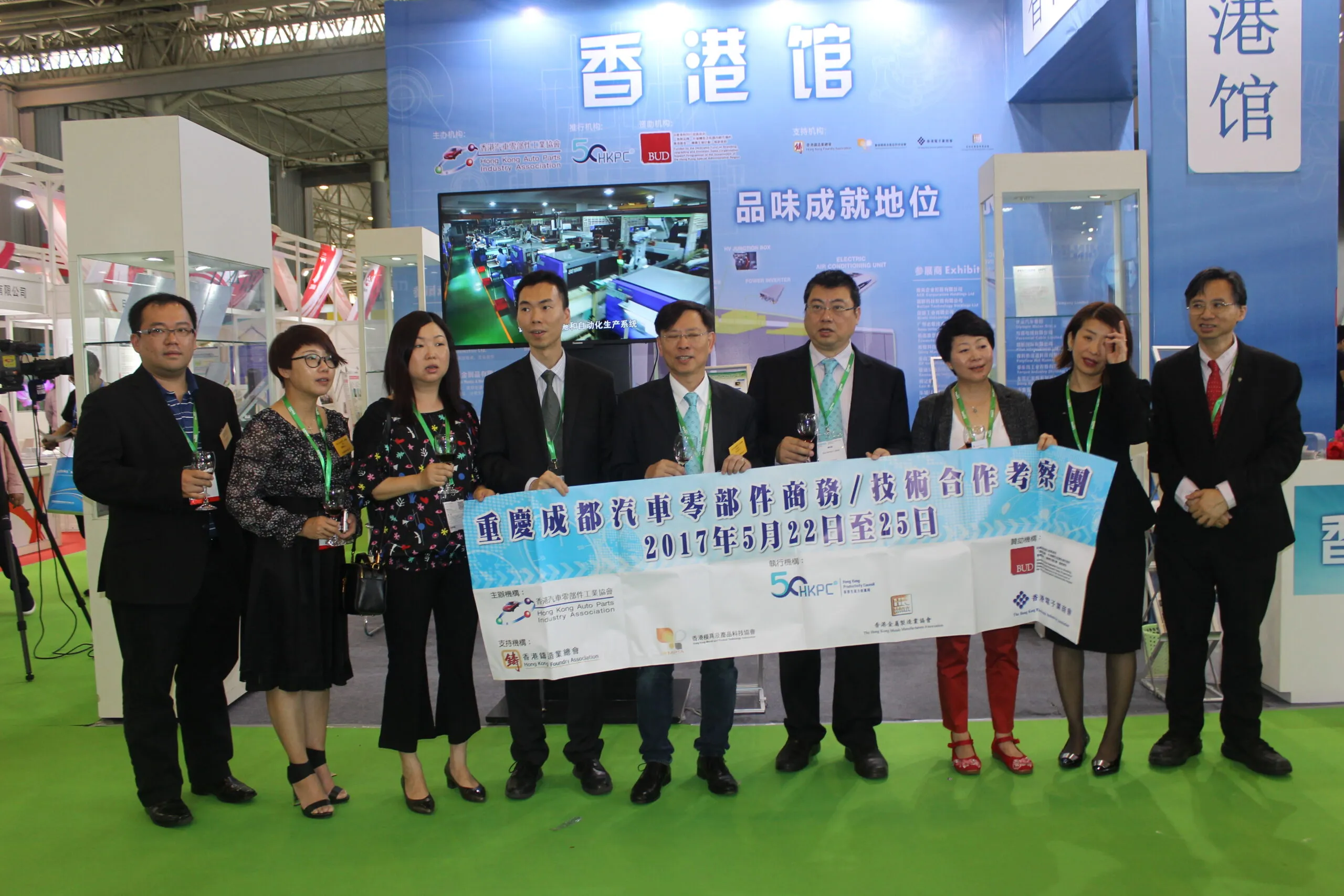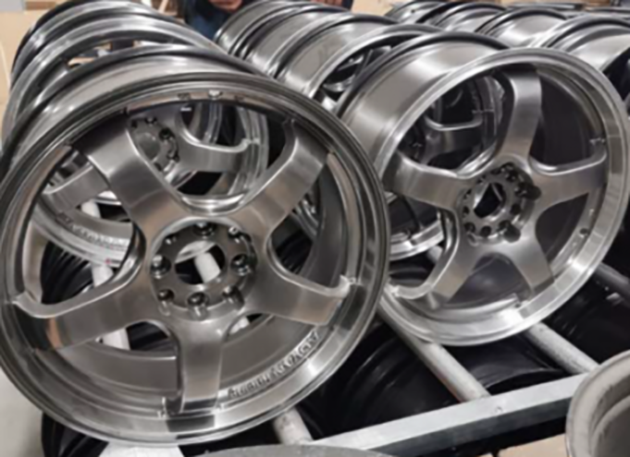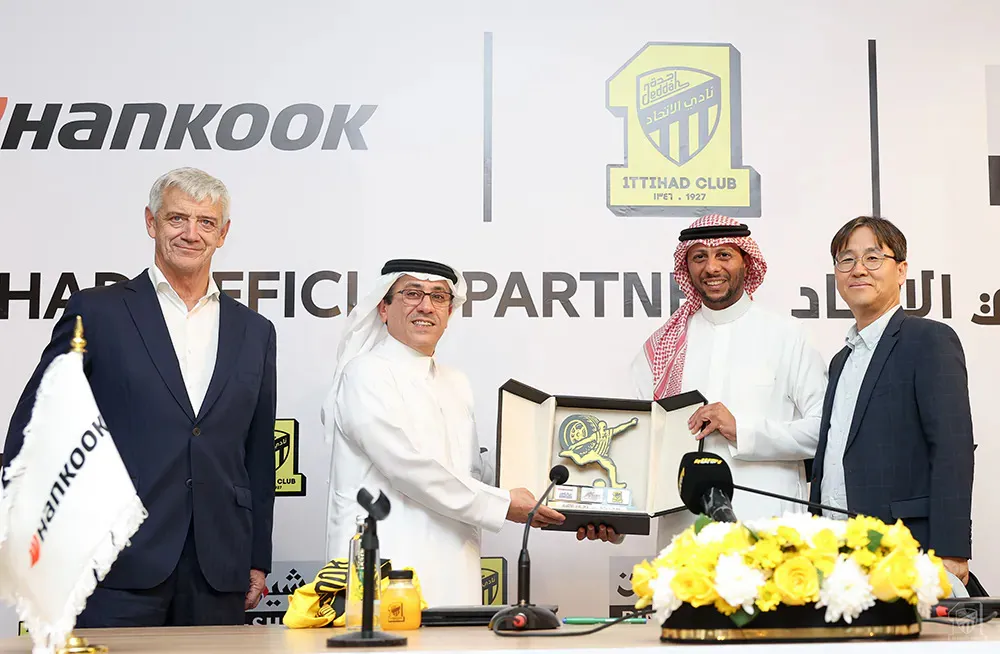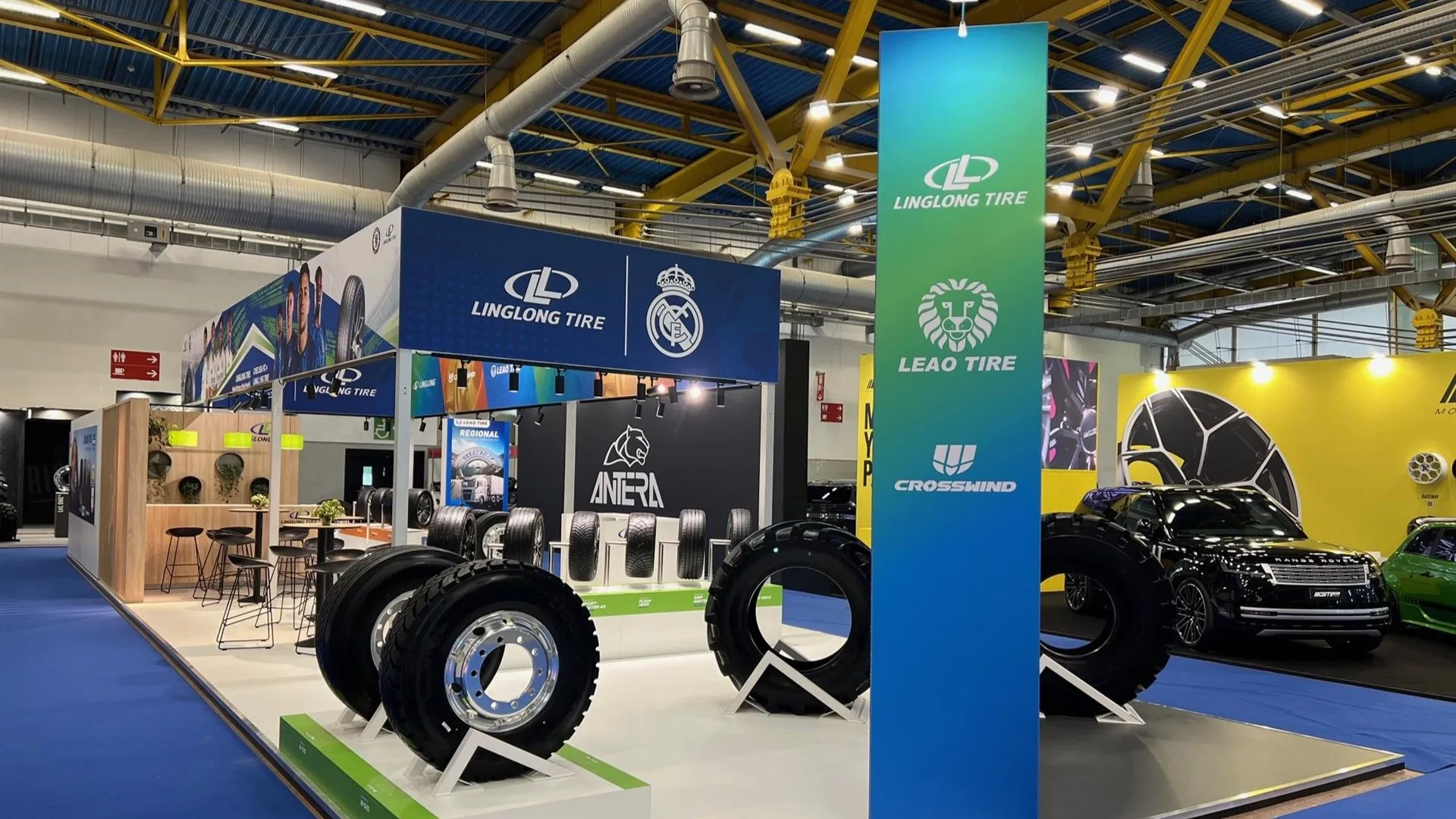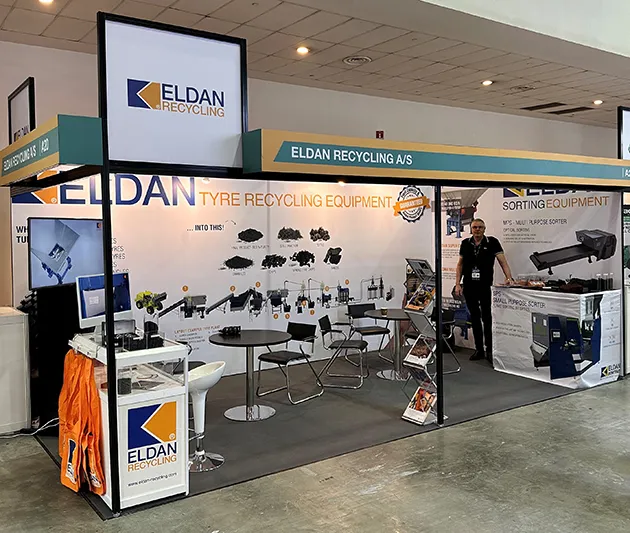The fourth edition of the Chengdu International Trade Fair for Automotive Parts and Aftermarket Services (CAPAS) – held from 25th to 27th May, 2017 at the Chengdu Century City New International Exhibition & Convention Center in China – concluded on a high note with 6 brand new zones. With these new zones, CAPAS successfully created a comprehensive marketplace for every sector that is involved in the supply chain and upheld its clear objective to play a leading role in the region as a one-stop platform for business, information exchange and investment.
CAPAS 2017 Wraps Up Succe...
CAPAS 2017 Wraps Up Succe...

